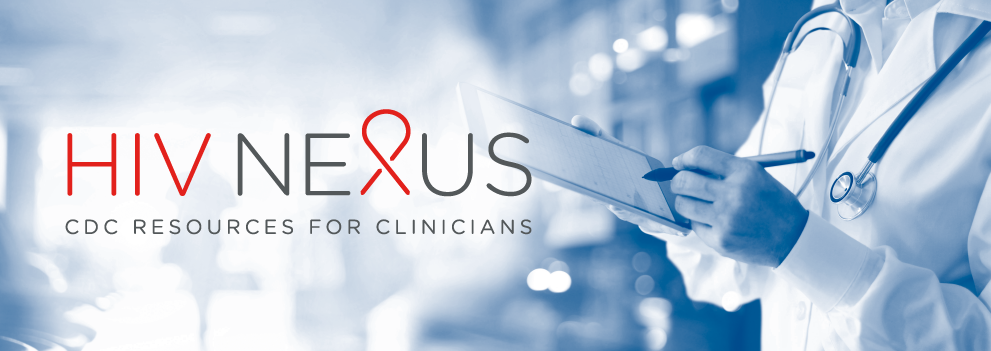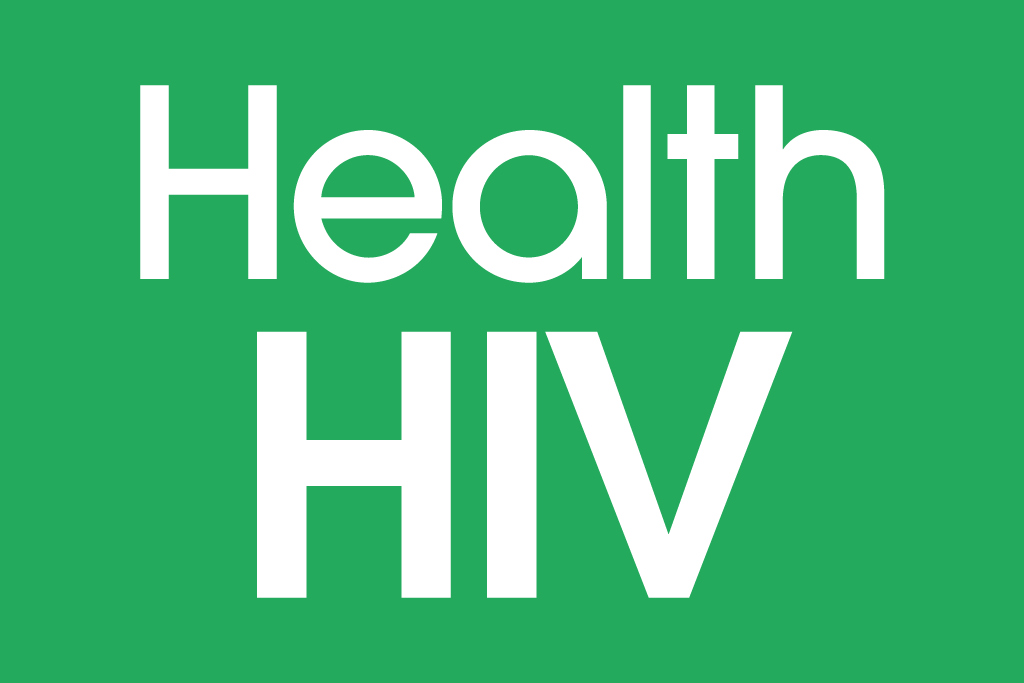Advocacy
Advocating for health for people aging with HIV
Substance Use
There is a need to integrate treatment for substance use with primary, mental, and behavioral health providers. Doing so may be clinically important at managing better HIV prevention efforts among older at-risk adults and OPWH. Promoting the importance of sustainable, social support systems may be one way to address quality-of-life impacts.
Stigma and Discrimination
Evidence shows that a high percentage of people aging with HIV experience stigma or other discrimination as a barrier to accessing care. This highlights the need to support providers and their staff with competency training to provide a more welcoming environment for all PWH or at risk for HIV.
Medical Home
Disproportionately high rates of comorbid conditions coupled with an increased need to coordinate ongoing and long-term HIV care indicates that there is a large need for a medical home to consolidate care coordination for the whole person. Better care coordination could address comorbidities and the psychosocial issues that impact PWH and affect their health outcomes.
HIV and Health
Acquiring and living with HIV can lead to psychological difficulties, reduced mental health, and poorer quality of life. To that end there is a need for: greater referrals to psychosocial support services; more questions asked by providers to assess neurocognitive impairment and memory loss issues; and, linkage to outpatient assistance for older PWH with managing all the specificity and levels of participation that comes with having multiple health conditions.
Care Coordination
There is a need for providers to build relationships with community-based organizations to coordinate along the HIV status neutral continuum. Increased outreach is also needed for older PWH who live alone and/or take care of themselves when ill or injured. Telehealth outreach is a key tool for reaching the people who reported reducing their PCP visits due to COVID-19 and other reasons for social isolation.
Payer Information
Health insurance coverage is insufficient for many older adults with HIV. Older PWH also may need additional wraparound and navigation services, such as transportation, to access their providers.
Pharmacy
The interplay between polypharmacy and the high rates of comorbidities requiring medication is a concern because of the risk of drug-drug interactions and how extended use of medication can result in a high rate of resistance. There is also a need for earlier comprehensive panels and screening in HIV-positive patients—as well as enhanced care coordination between pharmacies and providers.
Social Support
Social isolation is a main stressor across aging groups, so there is a need to provide PWH with socially engaging activities, especially given limitations and restrictions with COVID-19.
Barriers to Access
COVID-19 created a number of barriers to accessing care, but there exist structural barriers that need to be addressed to support medical visits, such as cost, wait times, and transportation; timely and affordable access to medication; increased insurance and payment navigation support; and culturally sensitive, stigma-free medical environments.
Telehealth
Telehealth has emerged as a new vehicle for reaching PWH and its use and reach is likely to extend beyond the COVID-19 pandemic. Telehealth services need more investment in as a viable and low-cost option for reaching PWH and coordinating care.



